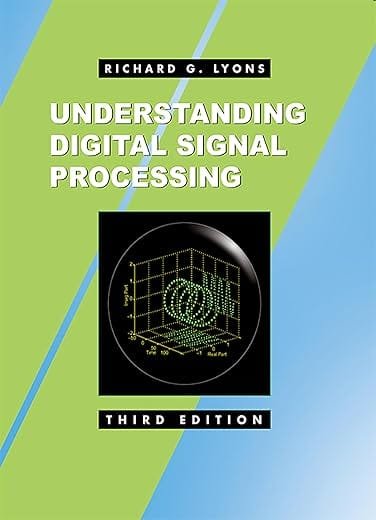In the ever-evolving world of technology, understanding the intricacies of Digital Signal Processing (DSP) is essential for both aspiring engineers and seasoned professionals. As we delve into the comparison between the foundational concepts of DSP and the insights provided in the “DSP Guidebook by Scientists,” we aim to explore how theoretical principles align with practical applications. By examining the strengths and nuances of each approach, we can better appreciate the broader landscape of DSP and its impact on various fields.
Signal Optimization

Understanding Digital Signal Processing, Third Edition, is an essential resource for engineers and technical professionals looking to master modern DSP techniques with its clear explanations and practical applications. This updated edition features new content on FIR and IIR filter analysis, multirate processing, and hands-on problems to enhance learning and ensure readers can confidently navigate both fundamental and advanced concepts.
Technical Mastery

The Scientist & Engineer’s Guide to Digital Signal Processing offers clear, practical techniques tailored for professionals seeking to harness the power of DSP without getting bogged down in complex theory or mathematics. It’s the perfect resource for scientists and engineers who want to apply DSP effectively in their work.
Digital Signal Processing
Target Audience
Engineers and technical professionals seeking a comprehensive understanding of DSP techniques.
Depth of Content
Comprehensive coverage with detailed explanations, hands-on problems, and advanced topics.
Practical Application
Includes practical implementations and real-world problem-solving throughout the chapters.
Mathematical Level
Keeps math at a tolerable level but includes advanced concepts suitable for beginners to experts.
Additional Resources
Offers new homework problems, tricks, and extensive guidance on various DSP topics.
DSP Guidebook by Scientists
Target Audience
Scientists and engineers who need practical DSP applications without heavy abstract theory.
Depth of Content
Concise explanations focused on practical techniques with minimal theoretical discussions.
Practical Application
Emphasizes practical DSP techniques while avoiding extensive mathematical complexities.
Mathematical Level
Minimizes detailed mathematics, catering to those needing a more intuitive understanding.
Additional Resources
Focuses on clear and accessible content, lacking supplemental exercises or extensive resources.
Digital Signal Processing
DSP Guidebook by Scientists
Digital Signal Processing
DSP Guidebook by Scientists
Feature comparison chart


Unique Selling Points (USPs)
Understanding Digital Signal Processing
- Beginner-Friendly: Designed specifically for those new to the field, making complex concepts accessible.
- Practical Applications: Emphasizes real-world applications to reinforce learning.
The Scientist & Engineer’s Guide to Digital Signal Processing
- In-Depth Coverage: Comprehensive exploration of DSP topics, suitable for advanced learners.
- Technical Rigor: Offers thorough explanations and mathematical insights for professionals.
Pros and Cons
Understanding Digital Signal Processing
Pros:
- Easy to understand for novices.
- Practical examples help bridge theory and application.
- Affordable price point.
Cons:
- May lack depth for advanced learners.
- Limited interactive elements for hands-on learning.
The Scientist & Engineer’s Guide to Digital Signal Processing
Pros:
- Extensive coverage of complex topics.
- Ideal for engineers and scientists seeking to deepen their knowledge.
- Includes exercises for practical understanding.
Cons:
- Higher price may not suit all budgets.
- Could be overwhelming for complete beginners.
Use-Cases
- Understanding Digital Signal Processing is perfect for:
- Students starting their journey in DSP.
- Professionals looking for an easy-to-follow introduction.
- Anyone interested in practical applications of DSP concepts.
- The Scientist & Engineer’s Guide to Digital Signal Processing is best for:
- Practicing engineers who require a detailed reference.
- Graduate students or professionals needing advanced theoretical knowledge.
- Researchers looking for comprehensive DSP methodologies.
Conclusive Assessment
While both products have their strengths, there is no absolute winner. Understanding Digital Signal Processing excels in accessibility and practical application, making it ideal for beginners. Meanwhile, The Scientist & Engineer’s Guide to Digital Signal Processing is the go-to resource for more advanced users who seek thorough and detailed information.
Final Summary
In summary, your choice between these two products should depend on your current knowledge level and learning goals. If you’re new to digital signal processing and want a friendly and practical introduction, go for Understanding Digital Signal Processing. On the other hand, if you’re an engineer or scientist with some background in DSP looking to deepen your expertise, The Scientist & Engineer’s Guide to Digital Signal Processing is the clear choice.


